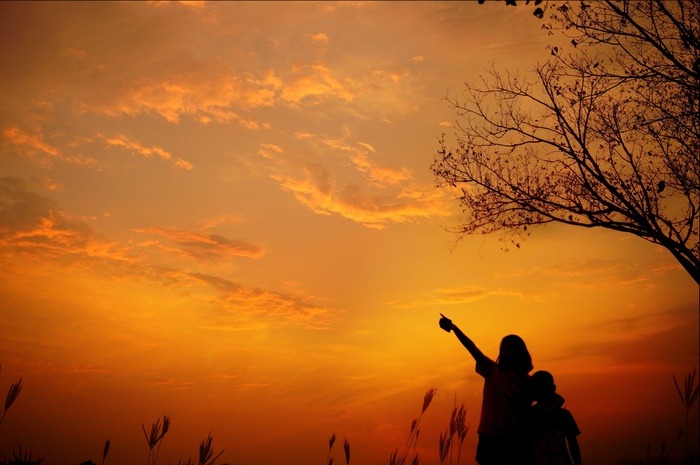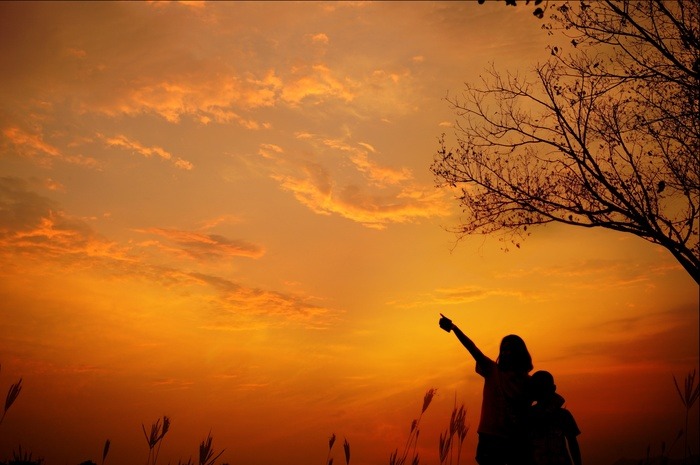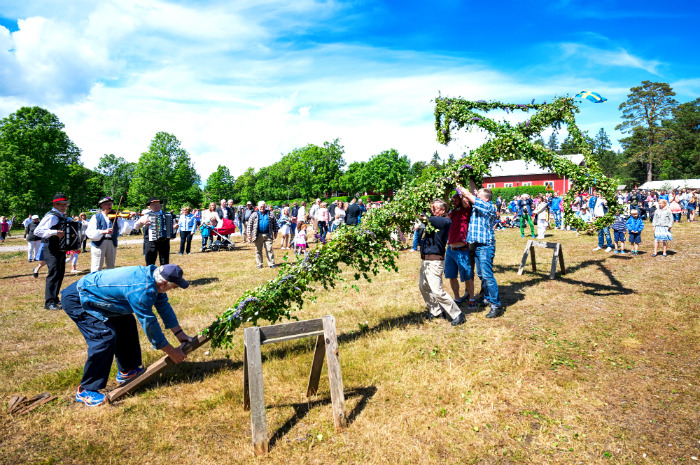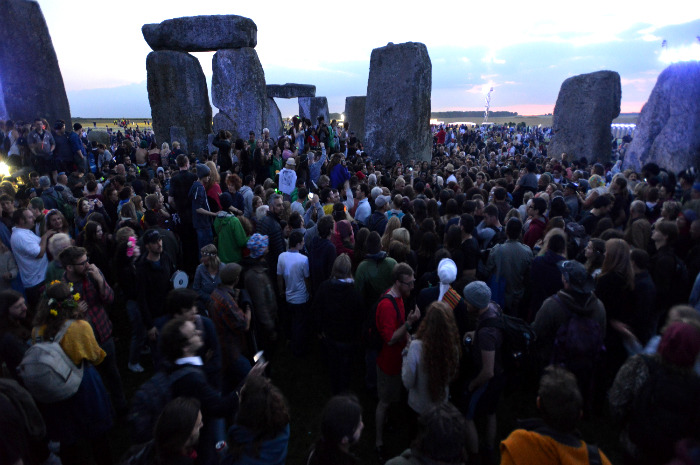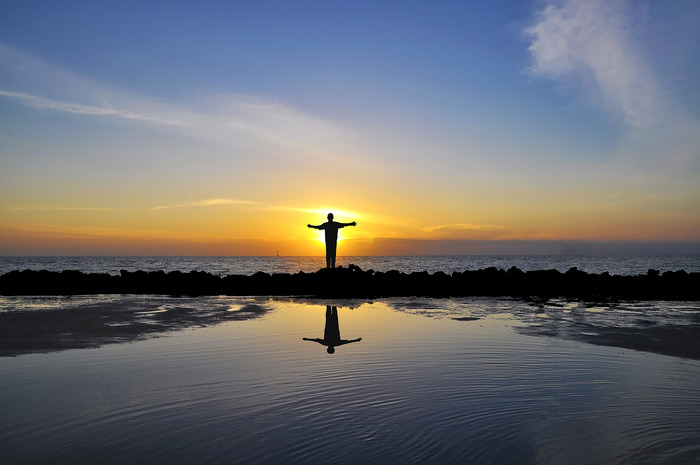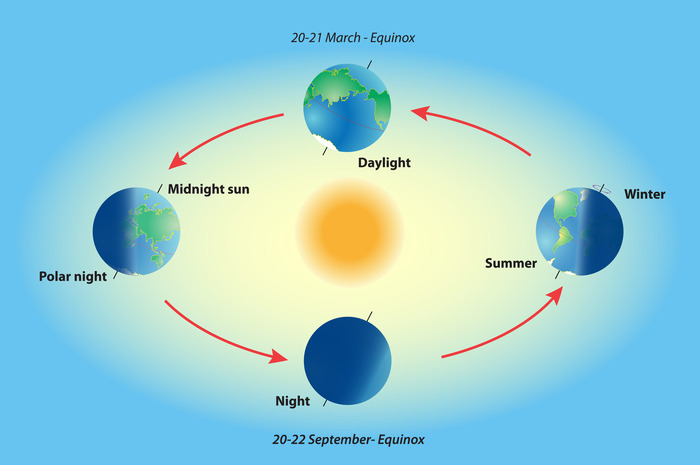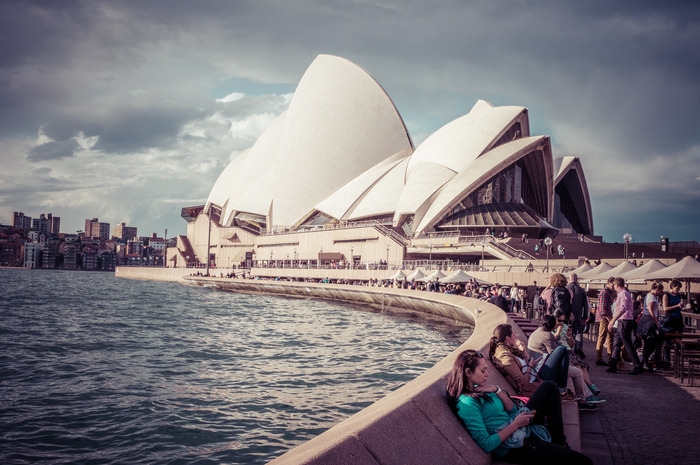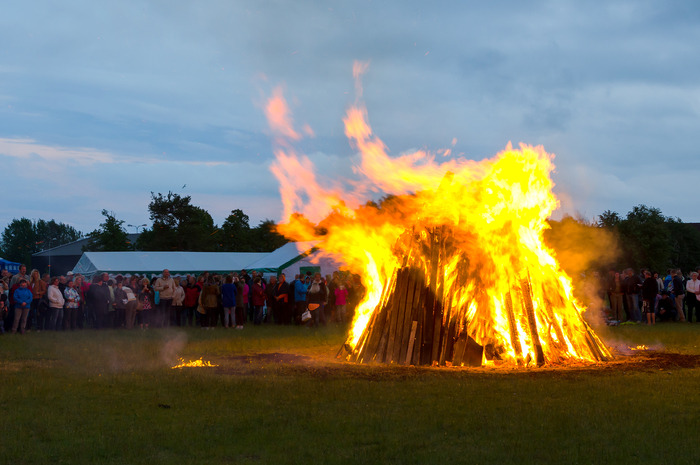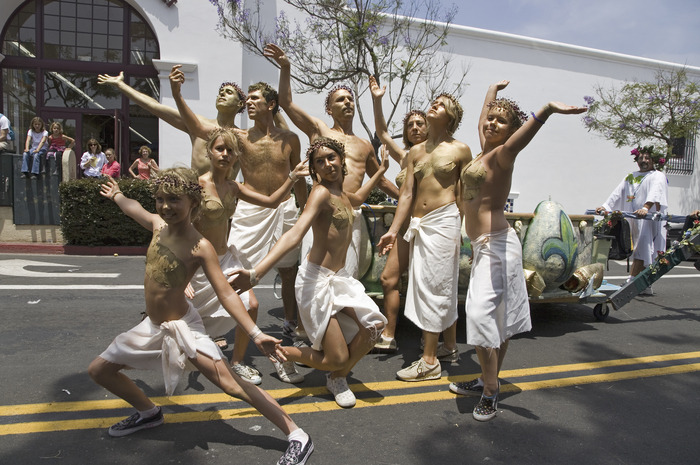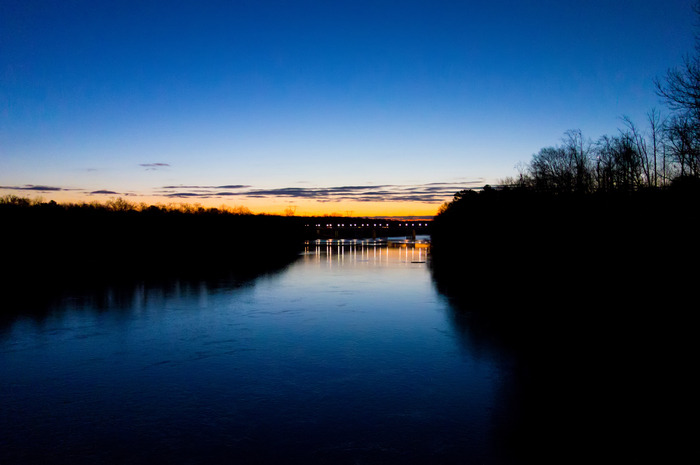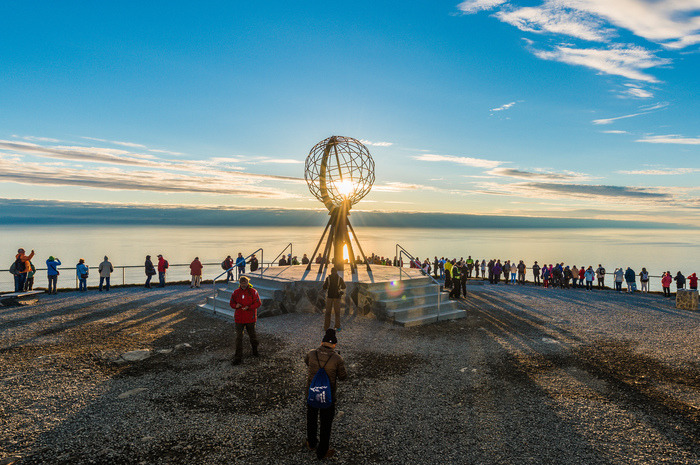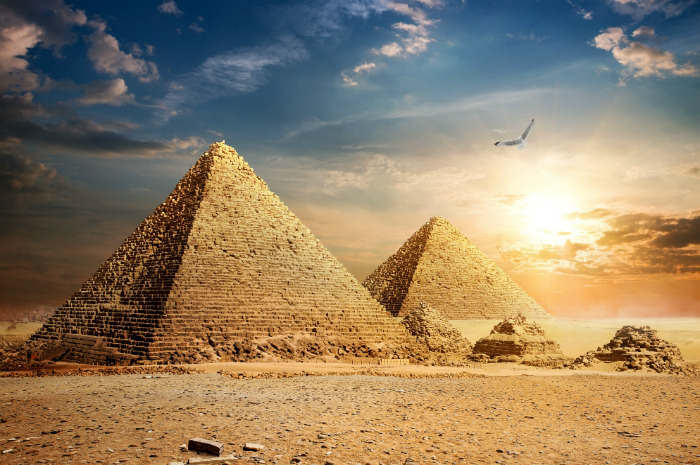15 Things You Probably Didn't Know About The Summer Solstice
15 Things You Probably Didn’t Know About the Summer Solstice
Summer solstice, which falls on June 20, 2016, is the longest day of the year above the equator. The day is also the official day of summer – it begins at 6:34 p.m. EDT. The astronomical event is also the turning point after which the sun starts rising later and setting earlier.
1. A Swedish party like no other
Sweden is not known for having warm and bright days for most of the year. The short summers and dark winters are part of the reason why summer solstice, also known as Midsommar in Swedish, is a national holiday celebrated like no other. People often call it "the best party of the year." They eat, dance and sing all day outside around a pole. This is when people eat the first strawberries of the season, usually on top of a cream cake. Pickled herring, called sill, and boiled potatoes with dill are also a must on the table.
2. Longest day of the year but not the hottest
You may think that the sun shining brightly for more hours than any other day will make it the warmest. Water is slower to heat than air or land. At the summer solstice, the Northern Hemisphere receives the most energy (highest intensity) from the sun due to the angle of sunlight and day length, according to Almanac. However, the land and oceans are still relatively cool, due to spring's temperatures, so the maximum heating effect on air temperature is not felt just yet.
3. Most famous celebration is in England
Thousands of people, many of whom wear traditional Celtic attire, camp out for four days every year at England's Stonehenge, an ancient prehistoric site. Many locals believe that Stonehenge was the site of ancient druid solstice celebrations because of the way the sun lines up with the stones on solstices. The 8th Stonehenge Summer Solstice Festival is June 18-21, with sunrise at 4:15 am on June 21.
4. The Tropic of Cancer is misnamed
The Tropic of Cancer – the latitude where the sun is directly overhead on the day of the summer solstice, at a 23.5 degree angle north of the equator – was named that way because the sun seemed to be in the constellation Cancer. But thanks to consequent shifting of the planet's axis, the Tropic of Cancer now appears to be misnamed. On the current summer solstice in June, the sun actually seems to be in the constellation Taurus.
5. Dark times in the history of science
The legend is that Galileo was forced to recant his astronomical theory that the Earth revolved around the sun on the summer solstice of 1633.
6. The sun stands still
Solstice, solstitium in Latin, means "stoppage of the sun's motion." The term is derived from sol (sun) and sistere (to stand still), because the sun's relative position in the sky at noon does not appear to change during the solstice and a few days later. The sun then reverses its direction and starts moving south again.
7. The biggest bonfire in the world
The physically fit and adventurous come together in Alesund, Norway to stack hundreds upon hundreds of wooden pallets in the form of a spire, a pyramidal structure. The tower is built to burn from the top down. In 2010, a world record was set for the tallest bonfire with their 132.71-foot celebratory bonfire.
8. Midnight Sun Sports
The Midnight Sun Run, scheduled for June 18, 2016 at 10 p.m., is a uniquely Alaskan event has attracted participants from all over the world for over 20 years. The Midnight Sun Game, played in Fairbanks on the summer solstice every year since 1906, is played in the middle of the night with only natural light. The Alaska Goldpanners, the most northerly baseball team on the planet, begins the contest at 10:30 p.m. and stretches into the following morning. No artificial lights are used.
9. Earth is farthest from the sun
Summer solstice may be the longest day of the year, but the planet will actually reach the point where it is farthest north of the celestial equator. The Earth is closest to the sun when the Northern Hemisphere experiences winter. The heat of summer depends on the tilt of the Earth's axis, not from how close it is to the sun. During the summer, the sun's rays hit the Earth at a steep angle. The light does not spread out as much, thus increasing the amount of energy hitting any given spot.
10. A winter solstice happens simultaneously
While people in the Northern Hemisphere experience a summer solstice on June 20, 21 or 22, people in the Southern Hemisphere, Australia for example, observe a winter solstice. The winter season there lasts from June through August, which is one reason why you may want to visit New Zealand now, and summer is December through February.
11. It’s connected to a religious holiday
Summer solstice is also known as St. John's Day in Northern Europe. The religious holiday is strongly connected with the pre-Christian Midsummer celebrations. When Christianity began to spread, many pagan celebrations merged with new Christian holidays. Midsummer transformed into the nativity of John the Baptist, but many pagan traditions, such as bonfires, were preserved.
12. Santa Barbara marks the day in a special way
Santa Barbara, California celebrates the official start of the summer with a huge parade and a three-day festival with bright colors, lively performances and upbeat music. The theme for the 2016 parade on June 25 is "Legends."
13. The earliest sunrise of the year doesn't happen on this day
The longest day of the year doesn't mean the earliest sunrise of the year too. It actually happens a few days before. The Sun's looping path explains why they don't coincide. The exact date depends on latitude. At northern latitudes (at Seattle) the latest sunset happens a few days before June 27. Southern latitudes (at Mexico City), the latest sunset won't happen until early July, according to Farmers' Almanac.
14. The Arctic Circle has 24 hours of daylight
The Arctic Circle, the farthest southern region that experiences polar day and polar night, is a region marked as one of the five major circles of latitude on maps of the planet. Polar day, also known as midnight sun and polar-summer, is where it is 24 hours of continuous daylight.
15. Solstices sparked ancient celebrations
Egyptians built the Great Pyramids so that the sun, when viewed from the Sphinx, sets precisely between two of the pyramids on the summer solstice, according to National Geographic. The Inca of South America observed winter solstice with a ritual called Inti Raymi, which included food offerings and sacrifices of animals, and possibly people. Archaeologists discovered the ruins of an astronomical observatory in a Maya city in Guatemala where buildings were designed to align with the sun during the solstices.
